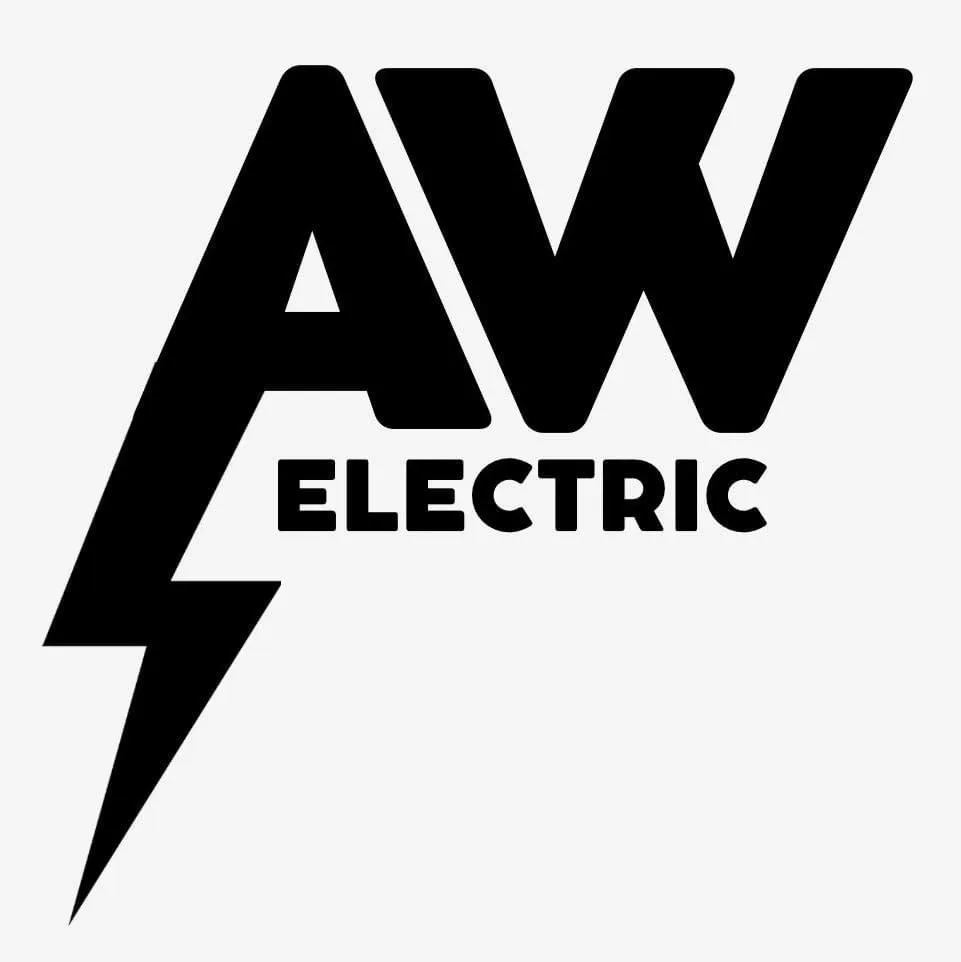Since smart house lighting systems let individuals manage their lights with smart devices, they represent a significant advancement in home automation technology. Since they connect to wireless networks, individuals can control the lights using smartphones, tablets, voice assistants, and other linked technology.
Unlike more traditional lighting sources, these creative solutions offer more convenience. They give modern homes numerous possibilities for customization and energy efficiency, which is quite appealing.
Using smart bulbs, switches, and plugs allows users to personalize their lighting environment to fit their tastes and way of life, therefore producing a flawless, simple home experience.
Benefits of Smart Home Lighting
More than just basic convenience, smart house lighting has as its main benefit energy efficiency; features like dimming, motion detection, and scheduling save energy consumption and utility expenses. Furthermore, these systems enhance security by enabling users to control and manage lighting remotely, creating the illusion of occupancy in an otherwise empty house.
Introduction to the Lighting Installation Process
Installing a smart house lighting system requires only simple tools and technical knowledge; it is not difficult. First evaluate the existing lighting arrangement; then, choose smart bulbs, switches, or plugs specifically for the demands of every area.
Usually, the lighting installation process involves choosing suitable items, such as replacing conventional light bulbs with smart bulbs, replacing regular switches with smart switches, and plugging lighting devices into smart plugs. After physical setup, homeowners have to arrange these devices using a compatible app—a process that generates remote control and lighting system automation.
By means of careful design and implementation, one can transform the lighting of their house into a sophisticated, effective smart system.
Understanding Smart Home Lighting Systems
Types of Smart Lighting
Smart Bulbs: Often referred to as the most easily available pathway into smart home lighting, they work well with ordinary light fittings, therefore allowing homeowners to transition from traditional to intelligent illumination with relative simplicity.
Smart Switches: Smart switches offer a more integrated approach to lighting control, allowing users to manage their existing fixtures via smartphone apps or voice commands. They offer the convenience and functionality of smart bulbs, all with a streamlined appearance. They are ideal for those who wish to maintain their current aesthetic while embracing smart technology. They replace traditional wall switches with smart-enabled counterparts.
Smart Plugs: By turning a regular outlet into a smart one, users may easily combine these gadgets into their present lighting configuration. Two main advantages of smart plugs are simplicity and mobility: Unlike smart switches—mandating integration with the electrical system—they simply move from one outlet to another, perfect for temporary or seasonal lighting configurations like holiday decorations or outdoor illumination.
Key Features
Voice Control: One particularly popular feature of smart home lighting systems is voice control; it provides ease by interacting with Apple Siri, Google Assistant, or Amazon Alexa, therefore letting consumers control their lights with simple speech requests.
Remote Access: This lets consumers manage their lights from anywhere with an internet connection. Users of a dedicated smartphone app keep constant connectivity to their home lighting system whether they are at work, on vacation, or just in another area of the house; they can monitor and control their lighting equipment remotely.
Scheduling and Automation: By using a smartphone app, users can specify precise times for lights to turn on or off, change brightness, or modify colors, enabling individualized lighting routines that fit their daily lives and tastes. Such exact management improves comfort and creates aesthetically pleasing homes.
Integration with Other Smart Devices: Interacting with other smart devices, such as thermostats, security systems, and entertainment devices, enables smart home lighting systems to become essential components of a unified smart home ecosystem. Users can create flawless automated experiences that support comfort, convenience, and security by virtue of this connectivity.
Evaluating Your Home’s Current Lighting Setup
Start by assessing your current lighting to successfully navigate the world of smart home lighting. List every switch and light fixture in your house. Determine whether you use LED, CFL, or incandescent bulbs, and make a note of the fixtures that receive the most use.
Think over your lighting needs and preferences next. Do you want more control in particular areas, say the bedroom or the living room? Do task-oriented rooms like the kitchen need strong lighting; conversely, are dimmable lights required to create ambiance?
Understanding your lighting requirements guides you toward the appropriate smart lighting solutions—those that fit your way of life and address present issues—such as flickering lights or unequal brightness—to guarantee a seamless transfer to smart illumination.
Finally, take stock of where you’ve installed your light switches and outlets: To get the most out of your smart switches and plugs, they often have specific installation sites that you need to keep clear and open. Only install smart lighting systems after discussing your current electrical setup with a licensed commercial electrician in Augusta and addressing all your concerns.
Conclusion:
A sensible and satisfying first step toward increasing the efficiency, customization, and convenience of your house is upgrading to a smart home lighting system. You may build a lighting system that improves ambiance and functionality by carefully choosing suitable devices, following installation best practices, and using automation features.
The possibilities with smart lighting are unlimited, regardless of your goals—energy savings, improved security, or just the comfort of turning lights on with a voice command or tap on your phone. Modernizing your house into a smarter space is simpler than ever with the correct tools and direction.
Start small, play about with features, then progressively enlarge your system to suit your way of life. Smart lighting is about designing an atmosphere fit for you, not only about lights. So start today and savor the innovative ideas of a smarter house! Contact us now!
